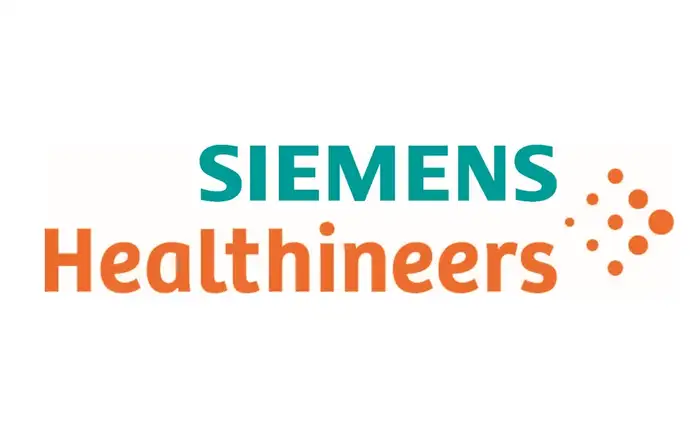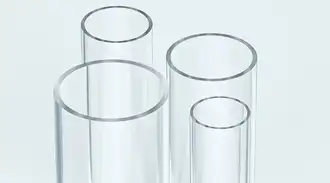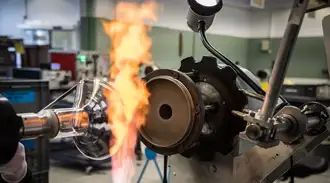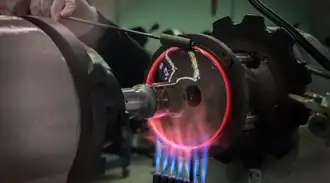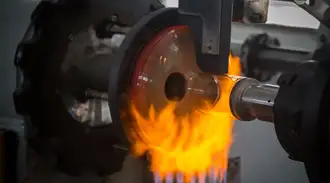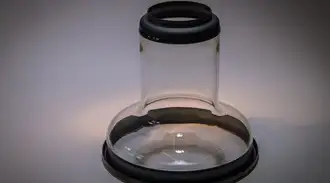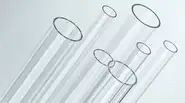Glass types for direct sealing to Kovar
SCHOTT 8250
This borosilicate glass is ideal for sealing to Kovar and molybdenum, and it offers outstanding electrical insulation. Popular applications for this glass include X-ray and transmitting tubes, image amplifier tubes, cladding tubes for optical fibers, ozone generators, and helium-neon (He-Ne) laser systems.
SCHOTT 8245
A borosilicate glass suited to sealing to Kovar, metals and molybdenum, SCHOTT 8245 offers outstanding low background noise for sensors and provides minimal X-ray absorption similar to SCHOTT 8250. Popular applications include X-ray and photomultiplier tubes.
SCHOTT 8800R
This highly chemically resistant glass is suitable for outdoor use in ambient conditions such as solar thermal power stations.
Glass types for transition from DURAN® to Kovar
SCHOTT 8447
This intermediate glass is a sealing partner for SCHOTT 8449 and the alloy Kovar. It’s suitable for use in transmitter and X-ray tubes, as well as other electronic systems.
SCHOTT 8448
SCHOTT 8448 is an intermediate sealing glass that bonds effectively to DURAN® borosilicate glass tubing, SCHOTT 8449, and tungsten. It is suitable for use in transmitter and X-ray tubes, as well as other electronic systems.
SCHOTT 8449
This intermediate glass offers glass-to-glass sealing with SCHOTT 8447 and 8448, enabling it to be used in the same applications as SCHOTT 8448 and SCHOTT 8447 as a graded seal containing all three glass types.

